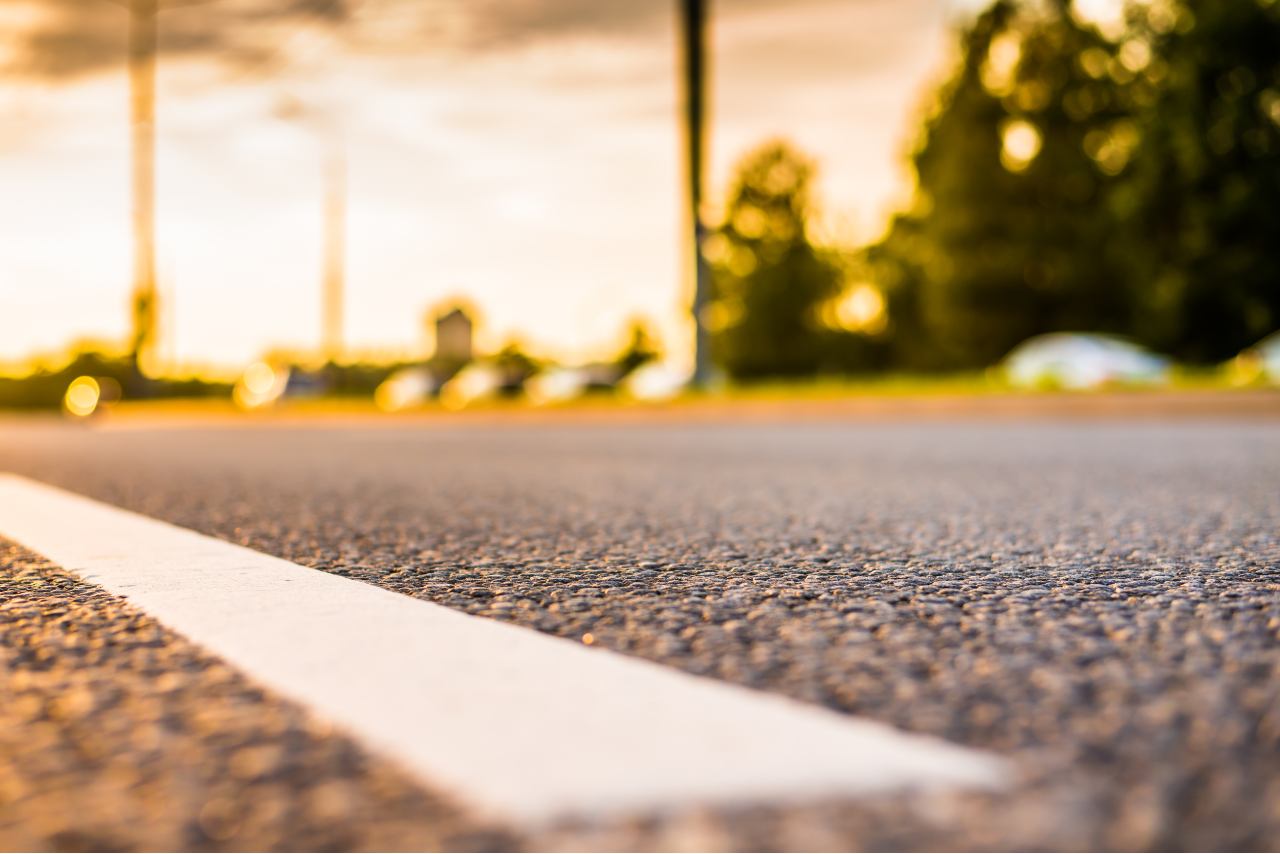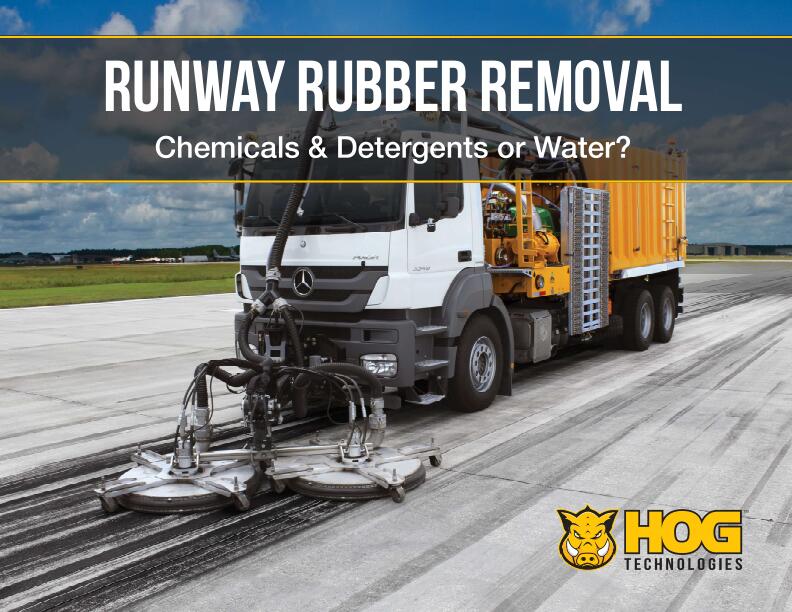
The lines that we see on the roads, from intersection markings to highway delineations, are essential to keep traffic moving safely and efficiently. Over time, wear and debris like tyre marks and oil splash can reduce their reflectivity, and they must be maintained to make sure they remain visible.
This is where HOG equipment comes in. When it comes to maintaining roadways and highways, their water blasting equipment provides the highest-quality, most efficient and most cost-effective results. Michael Lettengarver, senior director of North America sales, explains exactly how HOG water blasters are keeping the roads safe and useable and why their equipment continues to lead the global market.
Roadway applications
Present in over 57 countries, HOG serves road stripers in the roadway and highway market, providing the right equipment for a range of essential applications.
“We always talk about line removal,” Lettengarver begins, “that’s pretty much where we started from.” In the United States and other countries, thermoplastic and epoxy are frequently used to create road markings. This material must be effectively lifted away in order to replace or remove the marking.
Sometimes, total removal is not necessary, and cleaning is a much more cost-effective alternative. “We can clean a line and bring it up to very close to its original reflectivity,” says Lettengarver. “You can do this three or four times before you end up repainting it. This eliminates having to apply new product back down and takes much less time, avoiding the traffic closures that you would normally have.
“Beyond that, we do surface prep with water blasting by going over the area at a lesser PSI,” Lettengarver adds. “You can’t do that with any other type of apparatus. It makes a huge difference, because then your material that you’re laying down is going to stick to the surface as opposed to the foreign material, the dirt and debris or any curing compound.”
For some applications, water blasting isn’t the most appropriate tool, and HOG equipment provides the flexibility to switch to a different functionality. For example, the water function of the HOG Tusk can be turned off to allow grooving only: “If you’re in a snowy country where you would have reflective markers below the surface of the road, you would groove down around a quarter inch,” says Lettengarver. “The marker would sit in the middle of that so when the snowploughs go over the top, they don’t knock off the markers.”
Down-the-road advantages
“Water blasting is the least aggressive method for doing line removal, compared to grinding, shot blasting, soda blasting,” says Lettengarver. “It’s the least intrusive on the surface.”
At the same time, water blasting can get further into the texture of the surface than methods like mechanical grinding. “Needle jets are so sharp and refined that we can get in between the aggregate of the asphalt without doing damage on the surface,” says Lettengarver. For example, water blasting can clean between the grooves of a bridging deck without damaging them.
For contractors, avoiding damage to the surface means less risk of incurring fines as well as maintaining safety. “When people are removing with grinders, they leave a groove,” Lettengarver points out. “This can get water floating in it. Motorcycles can hydroplane on that little bit of water. In cold climates that water freezes and all of a sudden you have a strip of ice. That doesn’t happen with water blasting because we’re not leaving a groove.”
For maximum productivity in certain applications, water blasting can be combined other techniques, such as grinding. That’s exactly what the HOG Tusk does. “It’s been in development for at least 10 years, and we have really perfected it at this point,” says Lettengarver. “It’s a combination grinding head that rotates at 2,000 RPM with water jets in the middle. The idea is we can enhance our forward speed because the grinding will take off the material without hitting the road surface. That leaves a little shadow that is taken off by the water blasting.” In the case of really cracked concrete or asphalt roads, this combination method produces a much better profile than water blasting alone.
In combination with this, the Grinder HOG includes full vacuum recovery. At eight miles an hour, they run faster than any similar equipment in the industry, with the highest-quality results and no slurry or mess left behind.
HOGs on the highway
HOG’s best-in-class equipment leverages all the advantages of water blasting, plus some of its own.
A particularly striking feature is the streamlined nature of their equipment. “Typically our equipment has one motor, one operator and one truck,” says Lettengarver. “That one person can show up and be removing on site within one minute of the time that they arrive, so that’s very efficient and cost effective.” As well as this, having a single piece of equipment that belongs to the contractor gives them greater control and confidence in its condition.
HOG’s portfolio constitutes a wide range of models adapted to different applications. For example, their Ground HOG is unique in the industry as a lightweight walk-behind operated by a hydraulic motor. This is ideal for working in low clearance areas like parking garages.
Thanks to this extensive range, combined with outstanding customer support, HOG remains an eminent industry leader, outselling its top five competitors collectively each year and ensuring that roadways and highways remain safe and useable.



